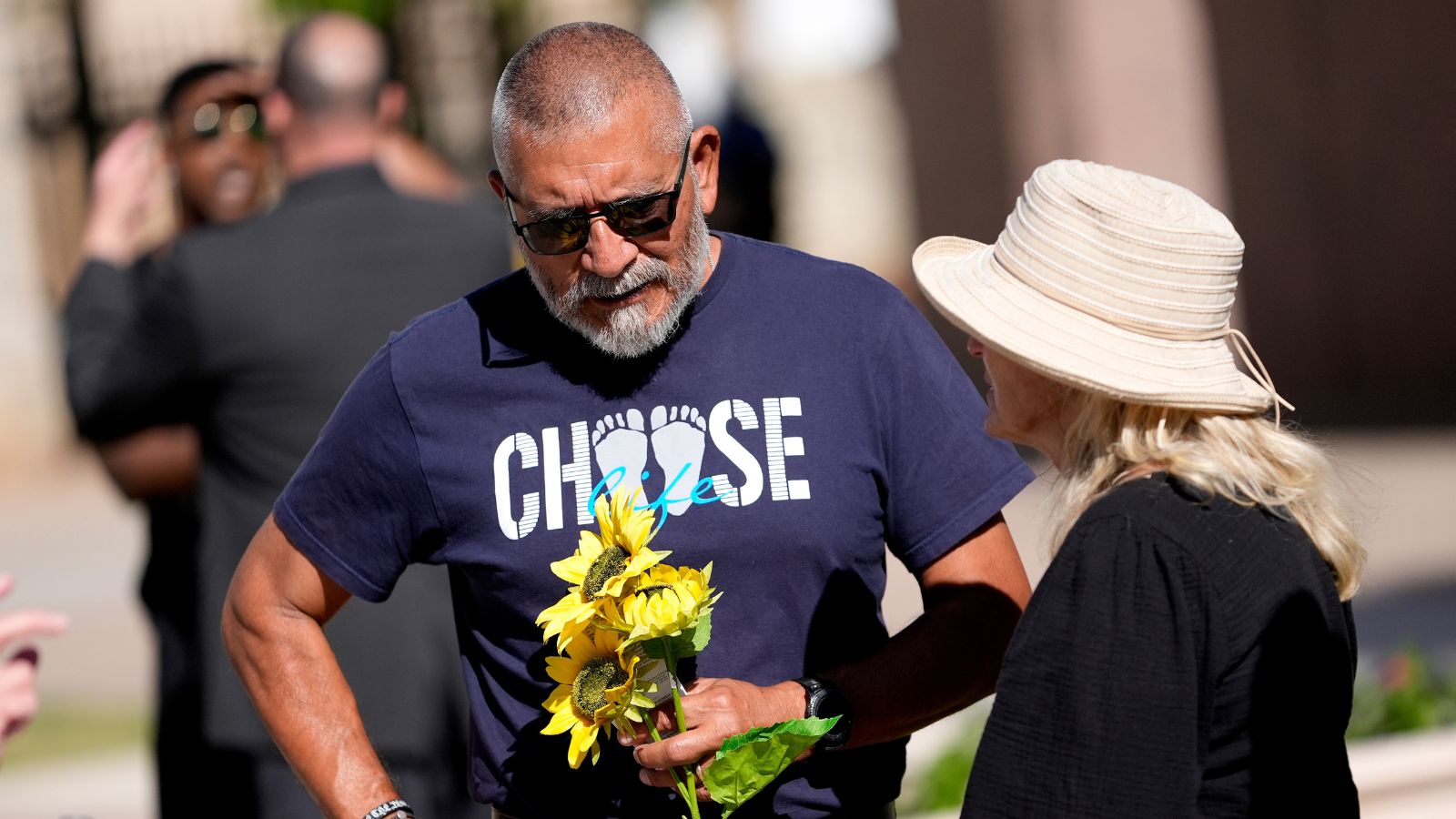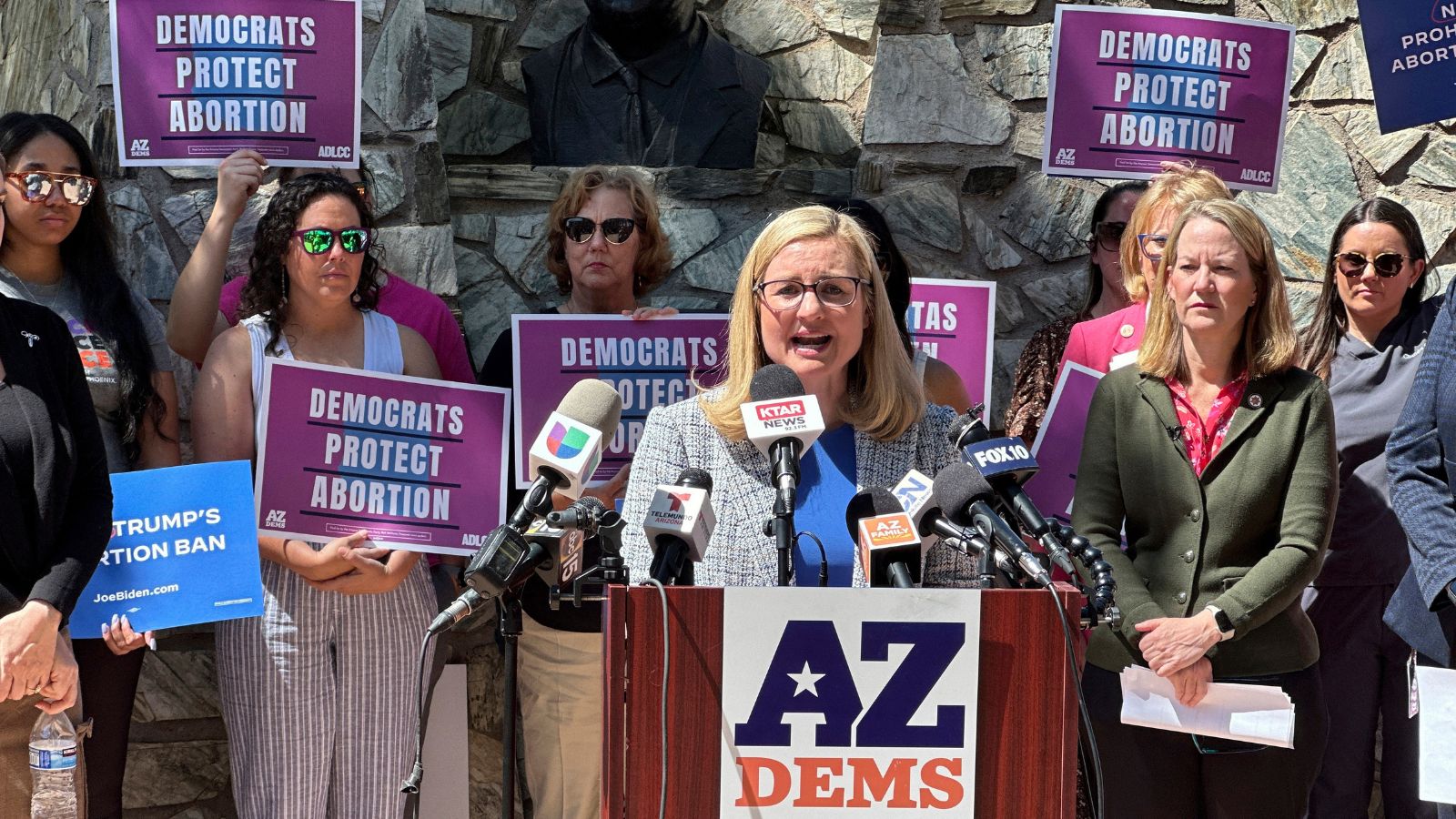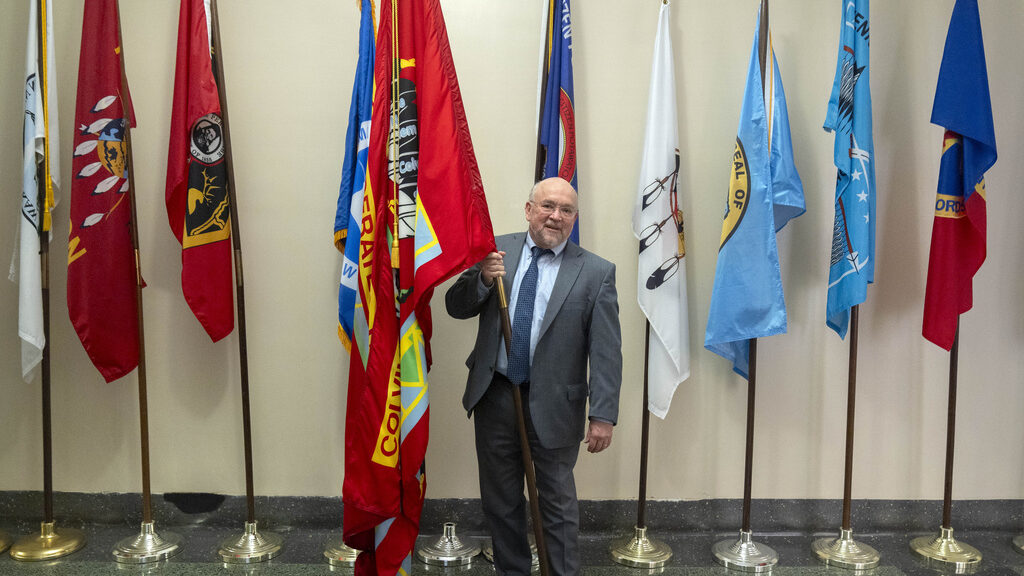Two Montanas? New maps highlight state’s split personality
Oct 19, 2021, 9:03 PM | Updated: Oct 20, 2021, 9:17 am
CASCADE, Mont. (AP) — For the first time in 30 years, the Census has awarded Montana a second seat in Congress. On paper, that leaves the state’s redistricting commission with the easiest task of all its counterparts across the country: Divide the expansive state in half.
If only.
Nothing is ever that simple in redistricting battles, as political parties jostle for control over maps that will give their candidates an advantage and the simple act of drawing a line becomes a fraught battle over the identity of the state.
In Montana, Republicans are pushing to separate the two booming college towns of Bozeman and Missoula in the western half of the state. Putting the two Democratic-leaning communities in different districts would make it hard for Democrats to win either seat. Democrats want to consolidate their strongholds in one district that would give them a fighting chance to win a House seat. They argue the towns — filled with craft brew drinkers, liberal academics, remote workers and California transplants — share more in common with each other than the vast expanse of rural ranches and farms between them.
The bipartisan commission is set to select the district boundaries on Thursday. With little common ground between the commission’s two Republican and two Democratic members, much of the decision may fall on the nonpartisan chairperson, Maylinn Smith, who was appointed to the commission by the state’s Supreme Court.
She has a history of giving small donations to Democratic political candidates in the state, but has said her experience working as a judge in several tribal court systems has given her the ability to act impartially.
To Republicans, there’s a simple solution — a neat line splitting the state into eastern and western districts that puts Bozeman in the eastern one and Missoula in the western one. They contrast that with the more tortured route Democrats propose to lump the two cities together.
“When you have a shape that isn’t even a shape, it’s looks like the C from the Cookie Monster, that is not a reasonable district,” said Jennifer Carlson, a Republican state lawmaker from a town 20 minutes outside Bozeman, during a meeting of the commission on Tuesday.
Earlier in the meeting fellow Republican lawmaker Derek Skees held up a pumpkin carved with one of the maps proposed by Democrats, jeering at its unusual borders.
But Democrats say it’s not that simple. Terry Cunningham, deputy mayor of Bozeman, notes that his city along with Missoula and the state capital of Helena are the only three in the state that have voted for carbon reduction goals while much of the rest of the state depends on the fossil fuel industry.
“I believe it is immoral to add new fossil fuel burning resources to the mix,” Cunningham said. “Other communities in Montana would vehemently object (to our goals) because fossil fuel extraction is part of their lifeblood. So those make us incompatible politically with what could be described as the number one issue facing the entire planet.”
Part of the reason Montana gets a second congressional district is the population growth fueled by Bozeman, a city of 50,000 that has become a hotbed for startups and pandemic-era remote workers. Home to Montana State University, Bozeman grew a whopping 33% in the last decade, growth that dwarfs that seen anywhere else in the state.
Its downtown is packed with pedestrians wearing the latest moisture-repelling microfibers, boutique bakeries and upscale restaurants. Housing prices have skyrocketed, as has homelessness. Missoula, home to the University of Montana, has similar headaches.
Democrats in the two cities argue that their common situation cries out for them being in the same district, which would likely lean only slightly Republican and therefore be competitive in a state where the beet-red hue of its rural swathes has tilted it solidly toward the GOP.
“In order for democracy to function well in the United States, you need to have a political system that is responsive to the electorate’s desires,” said Jeremy Johnson, a political scientist at Carroll College in Helena. In safe districts, “there is less incentive for legislators to listen to constituents.”
Republicans argue that the way they slice up the state would still preserve competition. Still, both seats would lean GOP, in part because of the changes since the last time Montana had two congressional seats.
In the 1990 census, Montana’s population growth slowed so much that it lost its second seat and began electing a single representative for the entire state. That seat has been held by Republicans for the past 24 years as rural areas that once voted Democratic became more conservative, leaving the blue islands of Bozeman and Missoula surrounded by vast expanses of red.
“You don’t have to go far from city lines when you’re really in ruby red Republican territory across most of the state,” Johnson said.
But not all towns fit neatly into the redistricting arguments laid out by Republicans and Democrats. The town of Cascade 115 miles north of Bozeman falls alternatingly in eastern and western districts proposed by both Democrats and Republicans. Home to around 700 people, Cascade is sandwiched between an interstate highway on one side and the Missouri River on the other and surrounded by farms and ranches.
In contrast to Bozeman, its sparse main street holds only a handful of businesses, including a couple restaurants, a market, a gas station, a fly fishing shop and a bank. Incorporated 110 years ago, Cascade has changed little since then — aside from a recent upgrade of the town’s water and sewage pipes.
The contrast with Bozeman is obvious to the town’s residents.
“There are two Montanas — socially, economically, culturally — we are two states,” said Ken Speidel, who owns a horse boarding business with his wife, Kelly, in the rural town and works as a river guide in the summer and a hockey referee in the winter.
Like many in Cascade, Speidel favors the Republican proposals. But he acknowledges the power of counterarguments.
“There is no solution that is going to make everybody happy,” he said.
___
Iris Samuels is a corps member for the Associated Press/Report for America Statehouse News Initiative. Report for America is a nonprofit national service program that places journalists in local newsrooms to report on undercovered issues.
Copyright © The Associated Press. All rights reserved. This material may not be published, broadcast, rewritten or redistributed.









